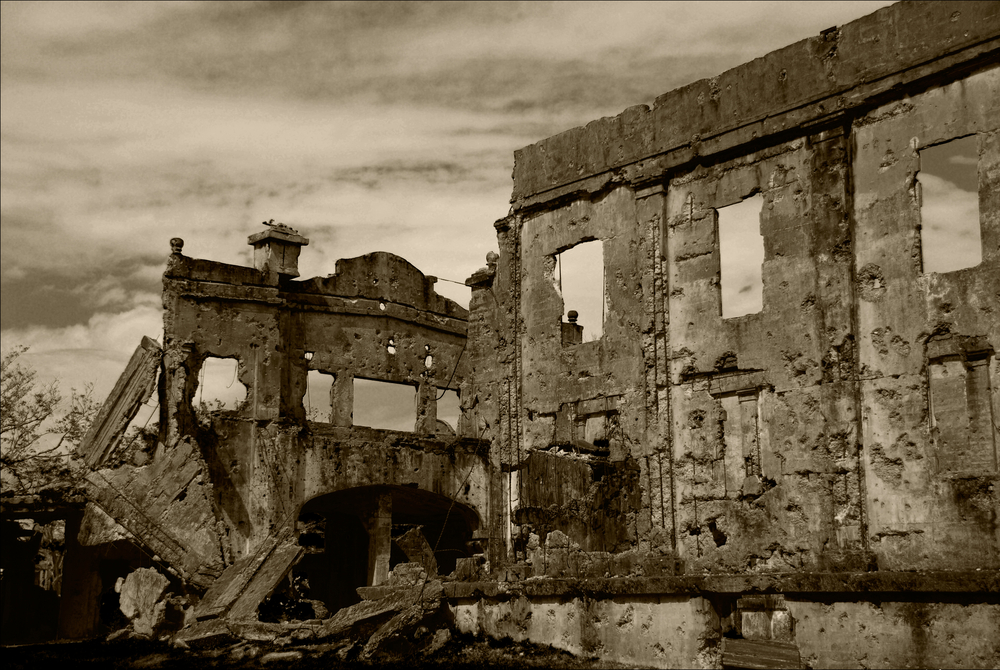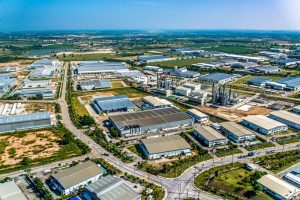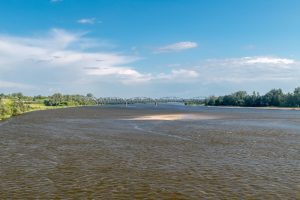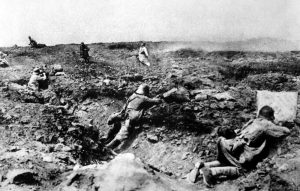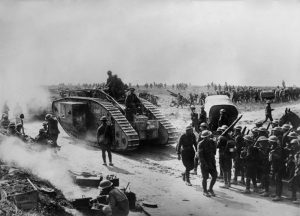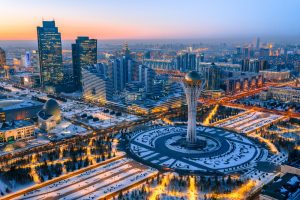Table of Contents
The Rise, Fall, and Recovery of the Japanese Economy
Japan emerged from cultural and economic isolation in the early 20th century. Dominated by an aggressive military clique, Japan fought a brief war with Czarist Russia in 1904.
Its naval and land victories were the first modern defeat of Europeans by an Asian power.
As Japan’s military power spread throughout China, its targets were the mineral and oil-rich regions of southern Asia.
Rather than referring to itself as the Empire of Japan, Japanese leaders called its military-dominated territories “The Greater East Asia Co-Prosperity Zone.”
In 1940, reacting to Japanese aggression and reports of genocide in Japanese-occupied China, President Roosevelt froze Japan’s assets in the US and ordered a commercial blockade.
Japan reacted with a surprise attack on US military bases at Pearl Harbor.
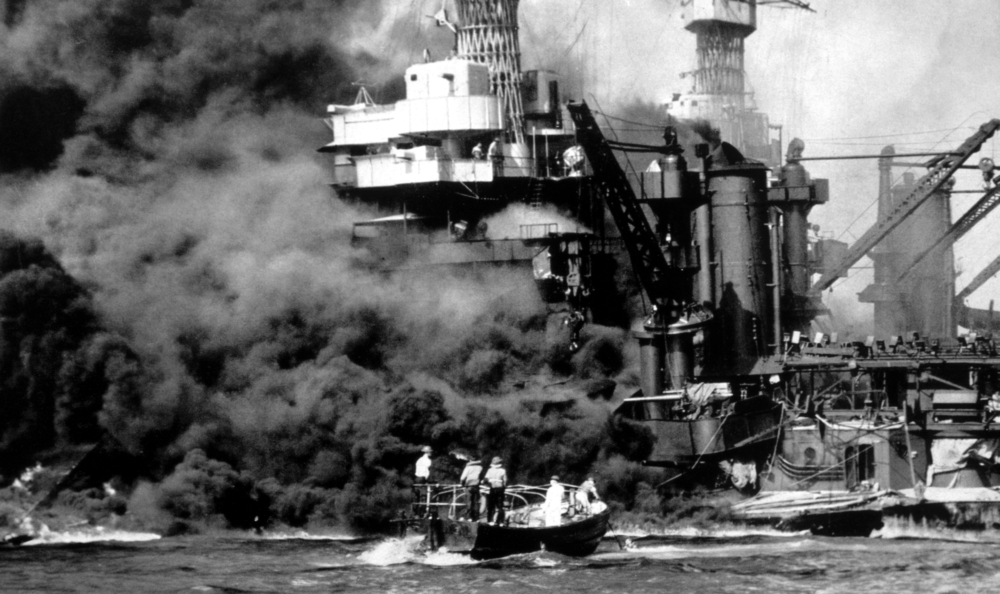
The attack on Pearl Harbor shocked the American “sleeping giant” out of its slumber, and Japan could not match America’s resources and industrial capacity.
Inevitably, Japan was overwhelmed and could not replace its losses in a war of attrition.
After the Japanese home islands were cut off from imports through a sea and submarine blockade, defeat was just a matter of time.
Finally, after Hiroshima and Nagasaki were destroyed by atom bombs, Japanese leaders had to succumb.
They surrendered unconditionally, submitted to foreign occupation of their homeland, and completely abandoned a culture of blind obedience in a feudal society headed by an emperor.
Japan’s cities lay in ruins. Its industrial capacity was gutted. Food and housing shortages caused widespread hardship.
The country’s economic system was destroyed and what followed was a remarkable and unprecedented economic, cultural and political transformation of Japan.
How did Japan rise from the radioactive ashes of its defeat in World War II to become an economic and technological powerhouse in less than 40 years?
Japan recovered so quickly because:
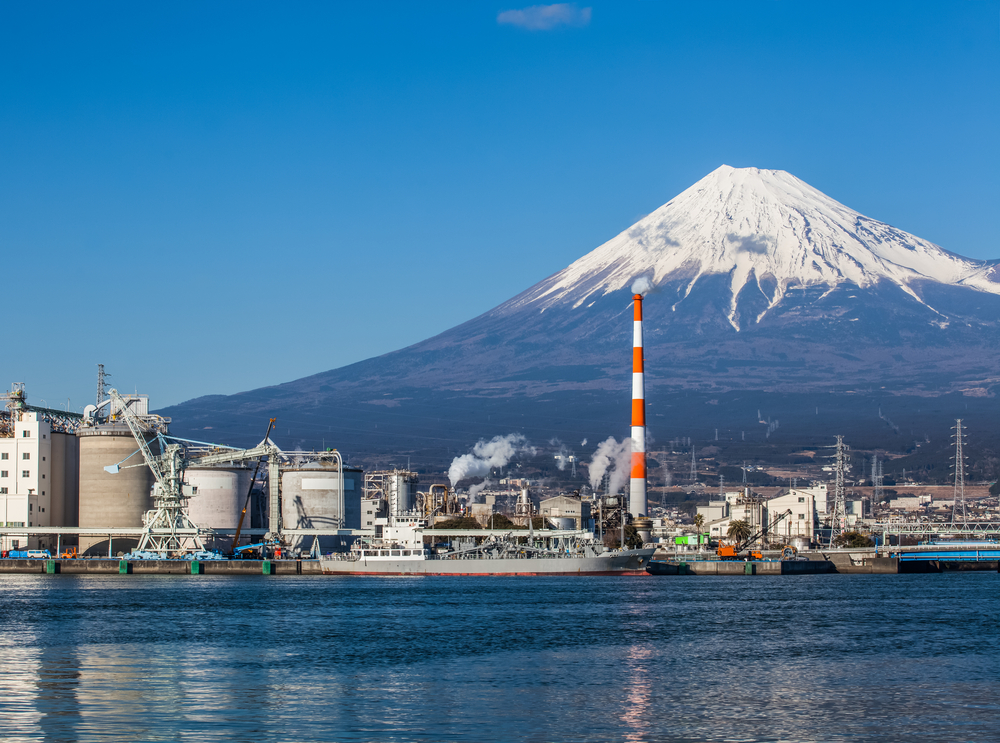
- The American occupation imposed modern social, political, and economic reforms on the country.
- The Dodge Plan of 1948 allowed Japan to avoid a post-war recession and return to a market economy.
- The Korean War in 1950 jump-started Japan’s economic and industrial development.
- The Japanese worker is dedicated and quick to learn and improve on imported technology.
- Enlightened political and economic planning placed economic reconstruction and recovery as national priorities.
American Occupation Reforms
The US occupation of Japan, headed by General Douglas MacArthur, brought an abrupt end to Japan’s military-industrial complex.
The general’s first step was to close down all production of military materials.
Next, the Americans imposed a new Japanese constitution in 1947. Japan forever gave up its right to use military force, relying totally on the United States for national defense.
So, the first stage of the economic miracle was taking defense spending out of the mix.
Along with demilitarization, MacArthur imposed reform policies aimed at the democratization of the country. They included:

- The breakup of the zaibatsu. The zaibatsu were pre-war business conglomerates that received preferred treatment, tax breaks, and funds for business expansion.
The zaibatsu leaders exerted tight control and kept in place a semi-feudal – totally obedient –relationship between management and labor. - Land reform. Before the war, about two-thirds of Japanese farmers rented the land they cultivated. Landlords who owned arable land were often not farmers themselves.
- MacArthur’s land reform democratization had two goals: (1) transfer land ownership to farmers who actually worked the land, and (2) improve farm tenancy practices for farmers who continued as tenants.
- Labor relations reform. A major step in the democratization of Japan was enabling Japanese workers to join a labor union.
From a level of zero in 1945, labor union membership grew to nearly 60 percent by 1949. (The world average is about 30 percent.)
The Dodge Plan of 1948
As the above major reforms took hold, the Japanese economy began a rapid recovery.
Cold War tensions between the US.and the Soviet Union and the rise of communism in China, brought about a change in US policy towards Japan.
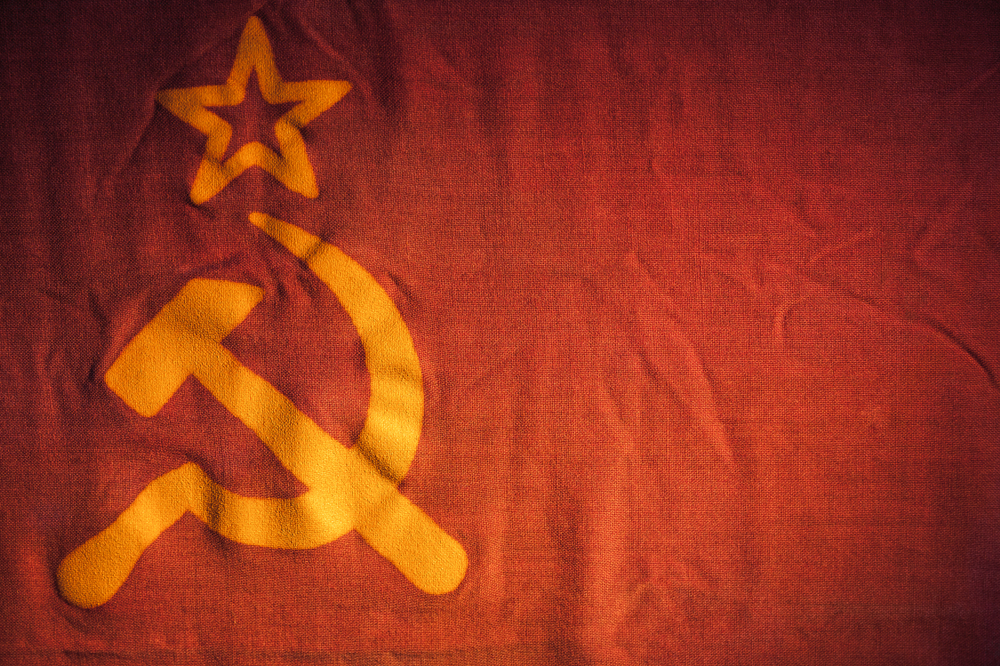
US leaders decided to bring Japan back to full strength. The goal was to eventually remove American aid from Japan and redirect American defense spending to halt communist expansion.
The Dodge Plan, named for Detroit bank president Joseph Dodge, introduced new policies to correct growing inflation and establish stability in Japan.
Along with mandating a balanced budget, the Dodge Plan called for suspending new loans from the US government’s reconstruction finance bank and stopping or reducing government business subsidies.
The problem with the Dodge plan was that it was impossible to achieve its goals in such a short time with such disrupting measures.
It initially caused economic deflation with the danger of recession.
Fortunately, the plan was saved, and Japan continued its recovery when North Koreans invaded their neighbors to the south.
Japan became the staging area as the US took the lead in a United Nations-sanctioned military action in Korea.
The Korean War Boom

As the early stages of the Dodge plan pushed Japan into a recession and growing labor unrest, economists warned of a full-scale depression.
When the Korean War broke out, Japan’s economic situation changed completely.
The war on the Korean Peninsula coincided with a post-war recovery in world trade. Japan began an increase in production by nearly 70 percent, which accounted for the boost in economic recovery.
Accompanying the increase in production was the new infusion of US dollars from military personnel stationed or staged in Japan. For the 1950s, the sums were gigantic.
The $590 million in 1950 grew to over $800 million in 1952 and 1953.
That temporary dollar income was equal to over 60 percent of the country’s exports. So, combining exports and US dollars, Japan could import food, raw materials, and fuel at a rate of about $2 billion a year.
In turn, that $2 billion translated into funding for key industries that depended on imports. Those key industries were able to double their production.
In fact, the Korean War boom stimulated increased investment in plant equipment and technological innovation.
The Korean War was another milestone in the history of Japan’s economic recovery. With the signing of the Japanese-American Security Pact in 1952, Japan was restored to full economic and political independence.
Japanese Innovation and Dedicated Workers
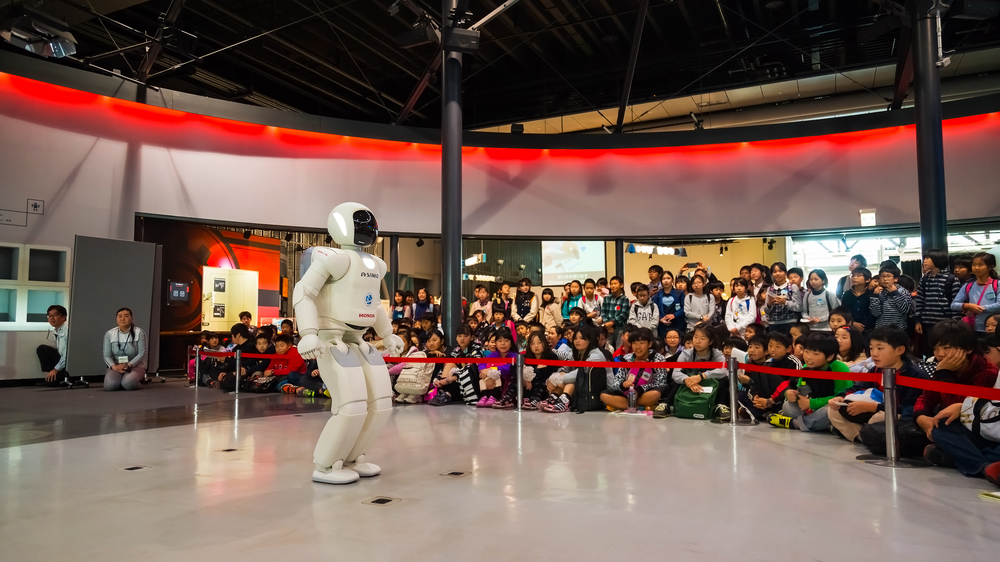
In his paper, Japan’s Economic Miracle: Underlying Factors and Strategies for Growth, Masahiro Takada describes Japan’s astonishing economic recovery this way:
“The rapid economic growth in Japan from the beginning of the 1950s to the early 1970s did not only result from special government policies and revolutionary events but was also achieved by the cumulative effort and hard work by the people….”
Takada attributes a “unique characteristic and ability of the Japanese people” to both imitating and improving new skills “and then applying them to their own system.”
So, in terms of adaptability and innovation, Japanese economic growth was a result of a number of factors:
- improving and making practical use of technologies and know-how imported from foreign countries
- creating new technologies in low-cost mass production imported from abroad
- translating innovations in industrial strength to improvements in steel production making Japanese cars and shipbuilding competitive worldwide
- adapting to changing business conditions after the dissolution of the zaibatsu, e.g.:
- hiring qualified business professionals rather than zaibatsu officials who inherited their positions
- building a management structure that valued aggressiveness and competition over “soundness”
- an increased unity and stability in labor-management relations when unions displayed loyalty in return for a lifetime employment system
Japan’s Enlightened Economic Planning and Political Strategies
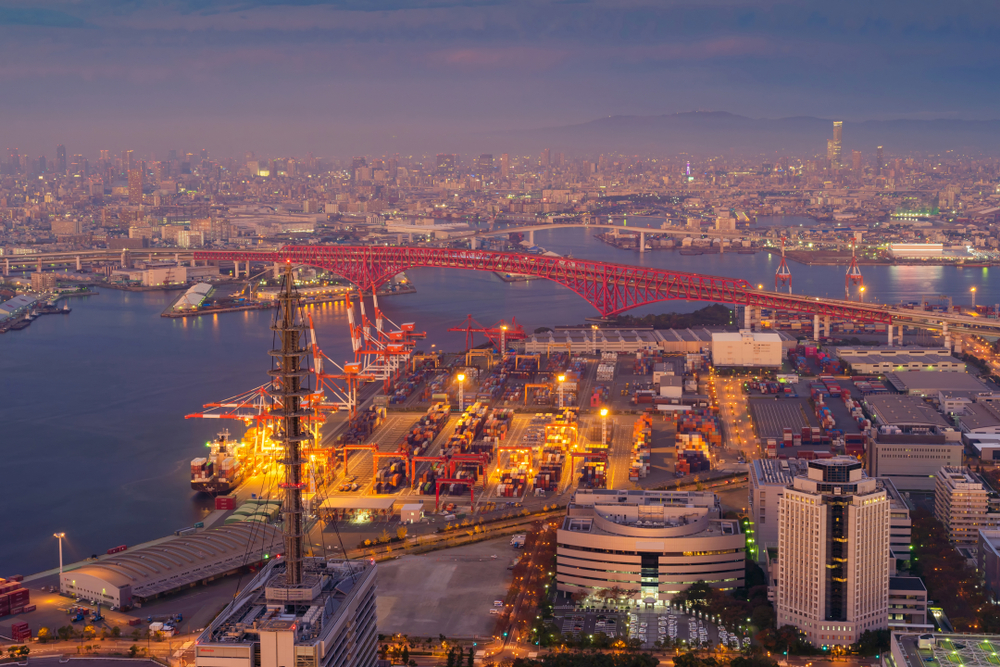
Japan’s policymakers and political leaders played a major positive role in the country’s economic recovery.
Some milestones include:
The Yoshida Doctrine. Prime Minister Yoshida Shigeru is recognized as the father of Japan’s modern economy.
During the early period of the Korean War, government policy focused on economic reconstruction, while leaving the national defense to the US.
The Yoshida doctrine is the core of post-war Japan’s international and contemporary diplomatic identity.
Prime Minister Ikeda Hayato’s Income Doubling Plan of 1960. This plan affirmed and redoubled the role of Japan’s government’s responsibility in social welfare, vocational training, and education.
The plan also redefined growth to include consumers as well as producers.
The Industrial Trade Policy of Japan’s Ministry of Trade and Industry (MITI). Widely recognized as Japan’s most powerful government organization, MITI provided encouragement and guidance to private business initiatives that showed promise in maintaining Japan’s long-term growth – particularly steel, shipbuilding, chemicals, and machinery.
The Arab Oil Embargo of 1973. Japanese industry has always been dependent on oil imports.
During the embargo, Japanese inflation soared, and unemployment rose, with the resulting short-termed fixes (stabilizing monetary policy, etc.) the Japanese government kept the economy afloat.
Within four years, Japan experienced a boom in car exports, electronics, and other high-tech products.
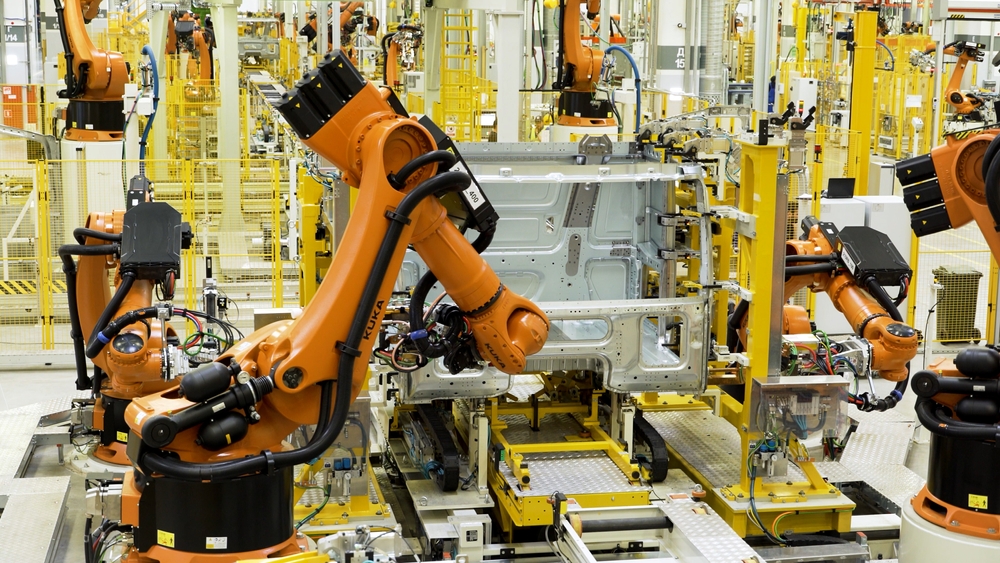
Japan since the 1980s. During the 1980s, Japan’s economy was the envy of the world. From about 1991 through 2001, Japan’s economy experienced a period of stagnation and price deflation.
Japan’s so-called “lost decade” was characterized by a credit crunch and a lack of liquidity.
Today, Japan appears to be recovering from an almost 5% economic shrinkage in 2020 because of the COVID-19 pandemic.
Economists expect modest growth of 3.4% in 2022, dropping to 1.1% in 2023.
Japan – the Striking Exception to Modern Economic History
When the shock of two atom bombs reduced Japan to total defeat, no one could have predicted the remarkable turnaround in Japan’s culture and political system.
Japan evolved from a militaristic empire ruled by aggressive military leaders to a democratized economy run by ambitious leaders and staffed by employees loyal for life.
Probably the most important factor that contributed to Japan’s economic growth was, again according to Takada, “the ability of the people themselves to successfully combine all the knowledge and skills gained from foreign countries, and then improving those skills to fit their own system.”
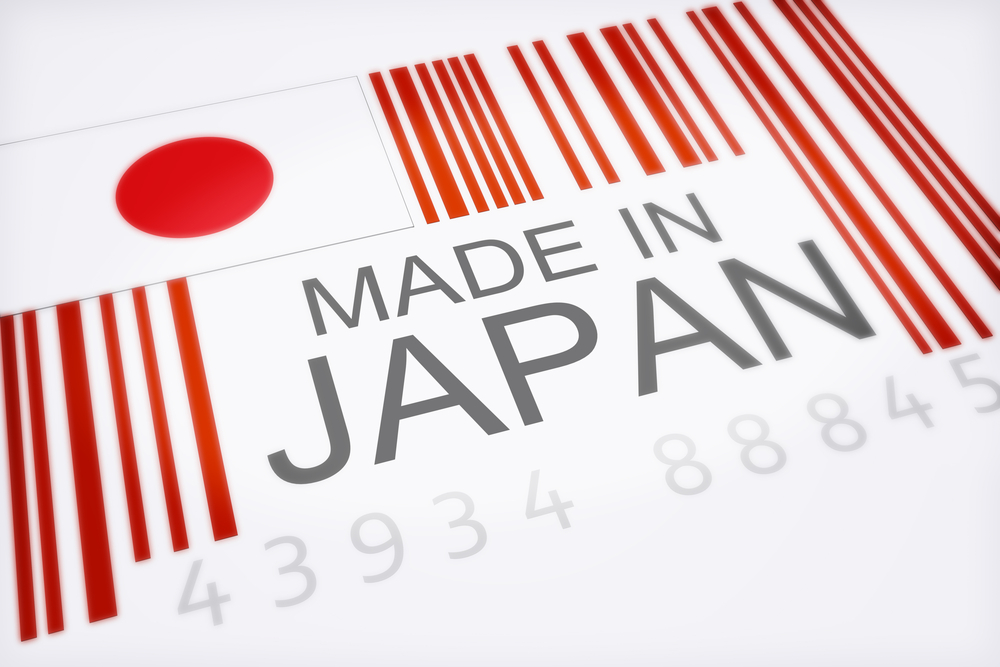
Long ago, the term “Made in Japan” meant cheaply made. Now, Japanese brands like Sony and Toyota set the world standard in quality.

